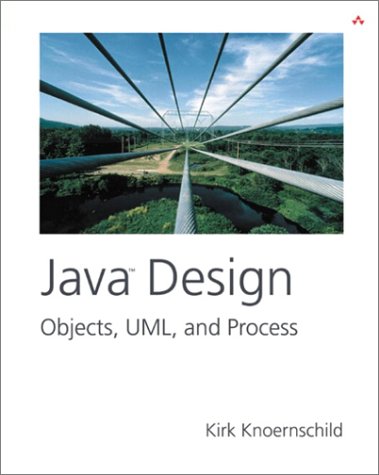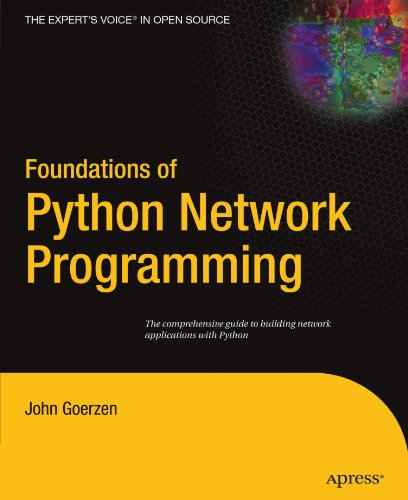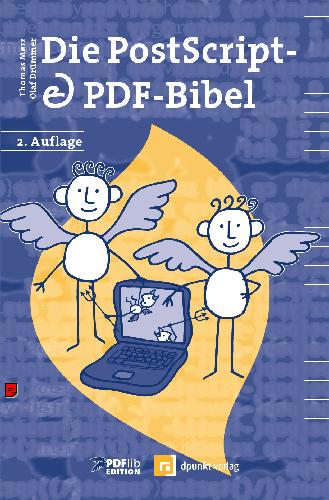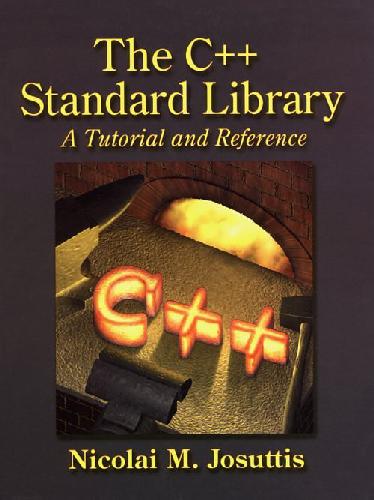Kirk Knoernschild9780201750447, 0201750449
Table of contents :
Cover……Page 1
PREFACE……Page 2
INTRODUCTION……Page 4
1. OO Principles and Patterns……Page 9
1.0 Principles, Patterns, and the OO Paradigm……Page 10
1.1 Class Principles……Page 15
1.2 Package Principles……Page 30
1.3 Patterns……Page 39
2. Introduction to the UML……Page 43
2.0 The UML Defined……Page 44
2.1 Origin……Page 46
2.2 Role of Modeling……Page 48
2.3 Benefits……Page 50
2.4 Conclusion……Page 51
3.0 Models and Views……Page 52
3.1 Core Diagrams……Page 57
3.2 Fundamental Elements……Page 61
3.3 Annotations……Page 68
3.5 Introduction to Diagrams……Page 70
4. The UML and Software……Page 75
4.0 Process Defined……Page 76
4.1 Best Practices……Page 77
4.2 Development Lifecycle and the UML……Page 82
4.3 The Full Lifecycle……Page 94
4.4 Conclusion……Page 95
5.0 Integration Goals……Page 96
5.1 Integration Factors……Page 103
5.2 Integration Strategy……Page 107
6. Requirements Modeling……Page 111
6.0 Notation……Page 112
6.1 Requirements Modeling……Page 117
7. Problem Analysis……Page 125
7.0 Notation……Page 126
7.1 Identifying Initial Concepts……Page 130
7.2 Software Specification……Page 132
7.3 Establishing Architecture……Page 136
7.4 Allocating Classes……Page 137
7.5 Conclusion……Page 138
8. Behavioral Modeling……Page 139
8.0 Notation……Page 140
8.1 Use Case Realizations……Page 144
8.2 Responsibility Allocation……Page 145
8.4 Conclusion……Page 161
9. Structural Modeling……Page 162
9.0 Notation……Page 163
9.1 Coupling and Cohesion……Page 165
9.2 Useful Class Diagrams……Page 166
9.3 Identifying Structure……Page 170
9.4 Model Structure……Page 186
10. Architectural Modeling……Page 189
10.1 Establishing Architecture……Page 190
10.2 Architectural Mechanisms……Page 192
10.3 Views of Architecture……Page 200
10.4 Frameworks and Class Libraries……Page 206
10.5 Component Architectures……Page 213
11.0 Defining Subsystems……Page 216
11.1 Subsystems in Java……Page 219
11.2 Subsystem Specification……Page 223
11.3 Subsystem Identification……Page 226
11.5 Subsystems as Frameworks……Page 227
Appendix A. Rational Unified Process……Page 228
A. 0 Rational Unified Process (RUP)……Page 230
A. 1 Extreme Programming (XP)……Page 234
A. 2 Similarities and Differences……Page 236
Appendix B. J2EE and the UML……Page 237
B. 0 J2EE: A Brief Overview……Page 238
B. 1 Designing with J2EE……Page 242
Appendix C. Code Listing for UML……Page 244
Additional Resources……Page 249







Reviews
There are no reviews yet.